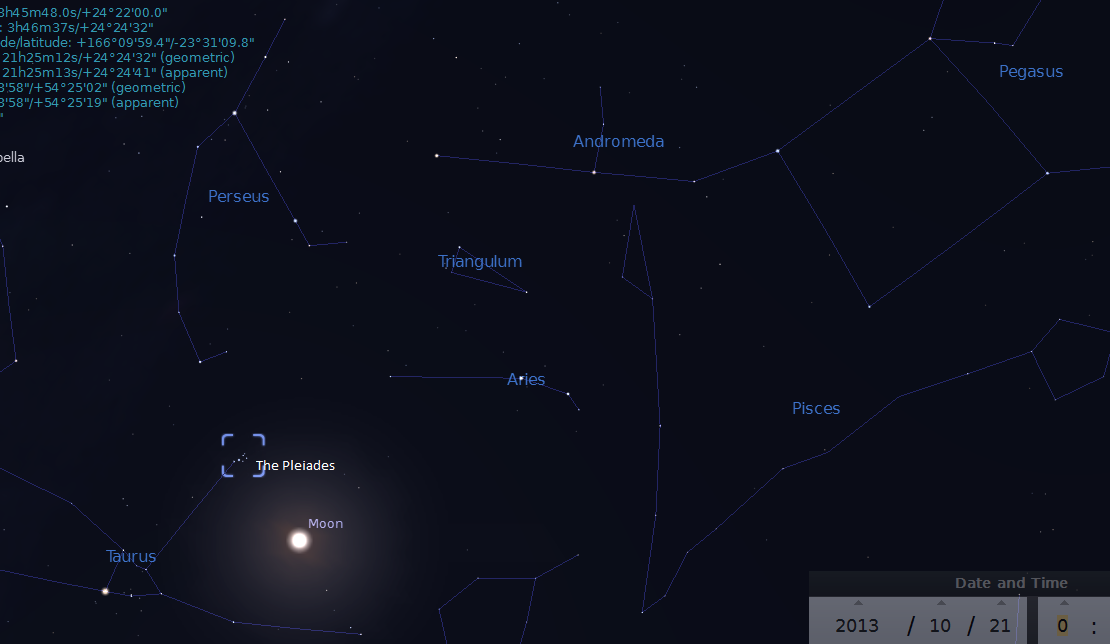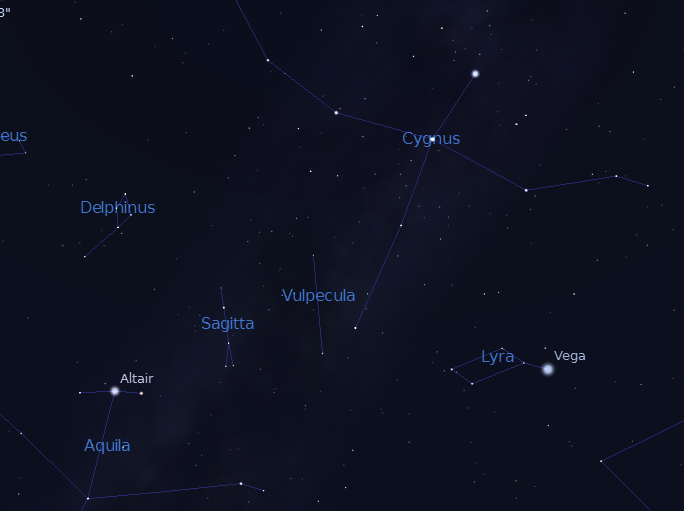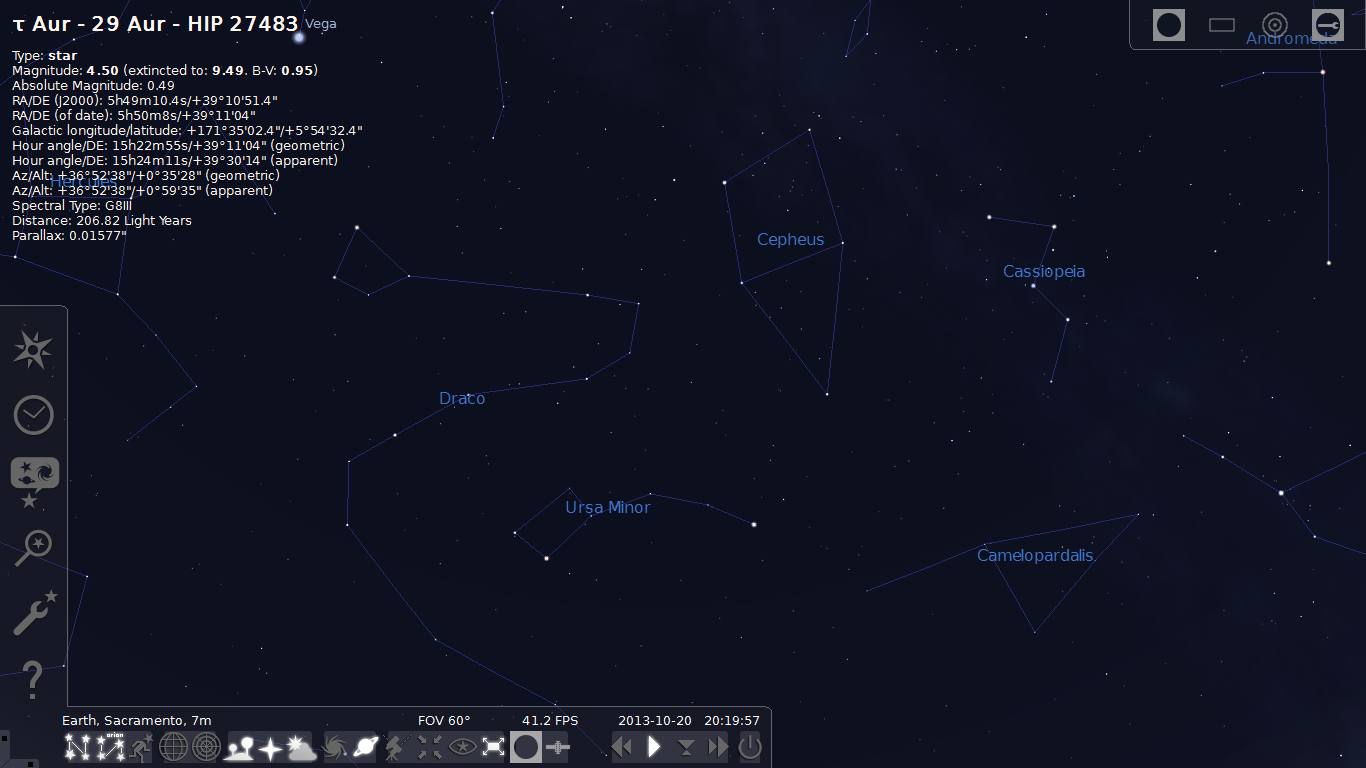The autumnal equinox has passed. The sun has moved below the celestial equator in its journey along the ecliptic, the plane in our sky on which our solar system lies. Venus, the evening star, is easily visible from now until the beginning of next year. You might have already seen it beaming mightily around dusk from the southwest. If you happen to be an early riser, look to the southeast just above the horizon from 5 to 6 a.m. to catch Jupiter on its morning stroll.
For stargazing in October, the most interesting stellar features tend toward the north until the unreasonable hour of 4 a.m., when Orion reaches its peak brilliancy in the south. Otherwise, from 8 to 10 p.m., one can look north and behold Cassiopeia, Ursa Minor (the Little Dipper, which always shines reassuringly throughout the whole year), and Ursa Major (the Big Dipper, which will dip partially below the horizon at 10 p.m.). Turn slightly westward to view the real point of this article, the Summer Triangle. The easily recognizable Summer Triangle is composed of the three brightest stars from three constellations. Those stars are Altair of Aquila, Vega of Lyra, and Deneb of Cygnus. In the east, the great square of Pegasus looms high in the sky above Andromeda and Auriga. The Pleiades, an open star cluster in the constellation Taurus, can be viewed with the naked eye if in a remote area.
ProTips:
Driving even just five minutes out of Davis can greatly improve stargazing.
Warm clothing is absolutely essential.
Bring a star chart to help you recognize constellations.
A red light won’t destroy your night vision.







